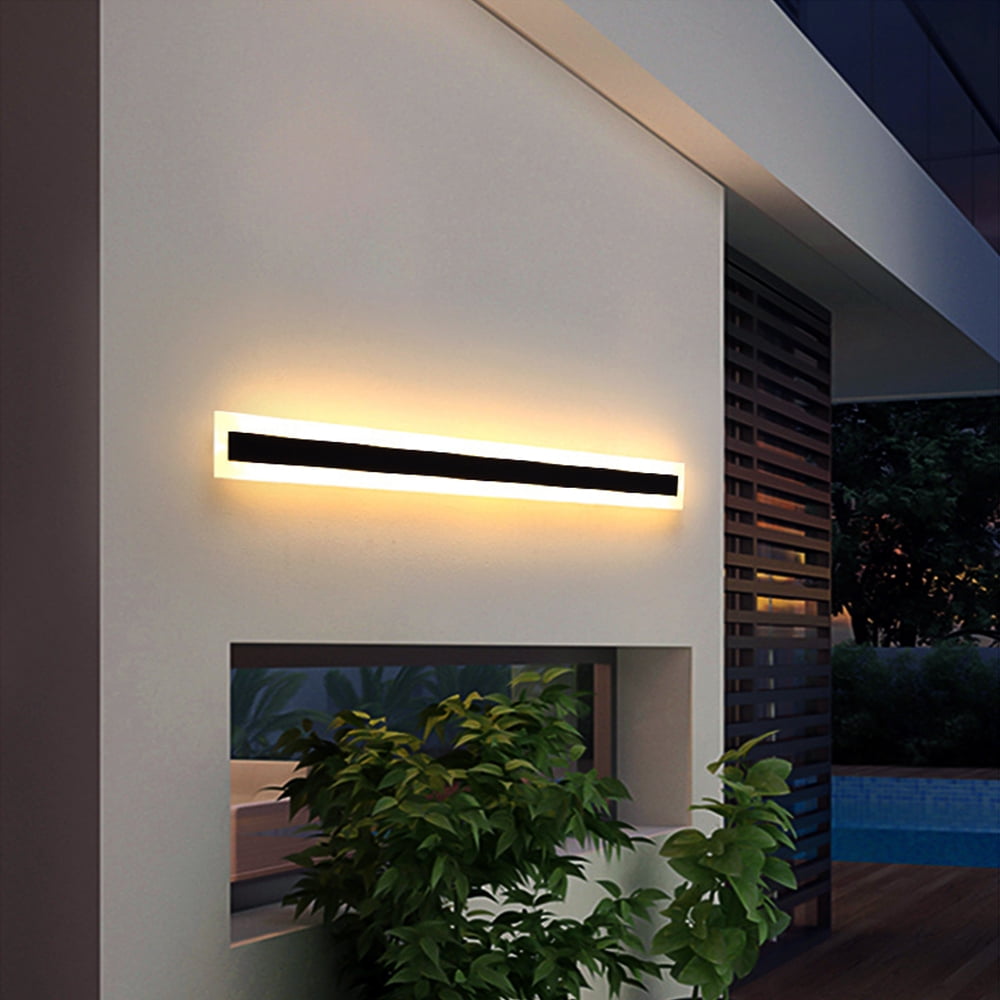Exploring the Crucial Factors That Affect Color Uniformity in LED Panel Screens for Optimal Display Output
Exploring the Crucial Factors That Affect Color Uniformity in LED Panel Screens for Optimal Display Output
Blog Article
Color consistency in light-emitting diode wall screens is crucial for achieving maximum optical output. LED wall panels are widely used in various settings, including concerts, conferences, and advertising showcases. When the hues on these screens are consistent, they create a more engaging and enveloping encounter for viewers. Several key factors affect color consistency, including the caliber of the LED elements, tuning procedures, and environmental conditions.
The quality of the light-emitting diode components plays a major role in color consistency. Various types of light-emitting diodes emit light at varying wavelengths, which can affect the overall hue output. High-quality LEDs are designed to produce a more consistent light range, leading in improved hue accuracy. Additionally, the production method of these LEDs can impact their performance. Panels made with superior materials and techniques tend to have less hue variations, ensuring that the displayed images and videos look vibrant and true to reality.
Calibration is another crucial factor in maintaining hue uniformity in LED wall screens. Calibration involves modifying the configurations of the screen to ensure that the colors shown align the intended design. This procedure can include fine-tuning luminosity, contrast, and color equilibrium. Frequent calibration is necessary, especially in settings where illumination conditions vary often. By calibrating the panels, specialists can fix any discrepancies in color output, resulting to a more consistent viewing experience.
Environmental factors also influence color consistency in LED wall screens. Elements such as surrounding light, temperature, and humidity can affect how hues are perceived. For instance, intense surrounding light can dull hues, making them look led wall rental for workshops more vibrant. Similarly, extreme temperatures can influence the performance of the LEDs, leading to hue changes. To reduce these issues, it is essential to place light-emitting diode wall screens in managed environments where lighting and heat can be controlled effectively.
Finally, the design and layout of the light-emitting diode wall screens can affect color consistency. The arrangement of the panels, as well as the distance from which they are observed, can create differences in color perception. When screens are placed too distant apart or at different positions, audiences may detect discrepancies in hue. To achieve the best visual performance, it is important to consider the placement and arrangement of the screens during setup. By tackling these elements, operators can ensure that their light-emitting diode wall screens deliver a consistent and high-quality visual experience.